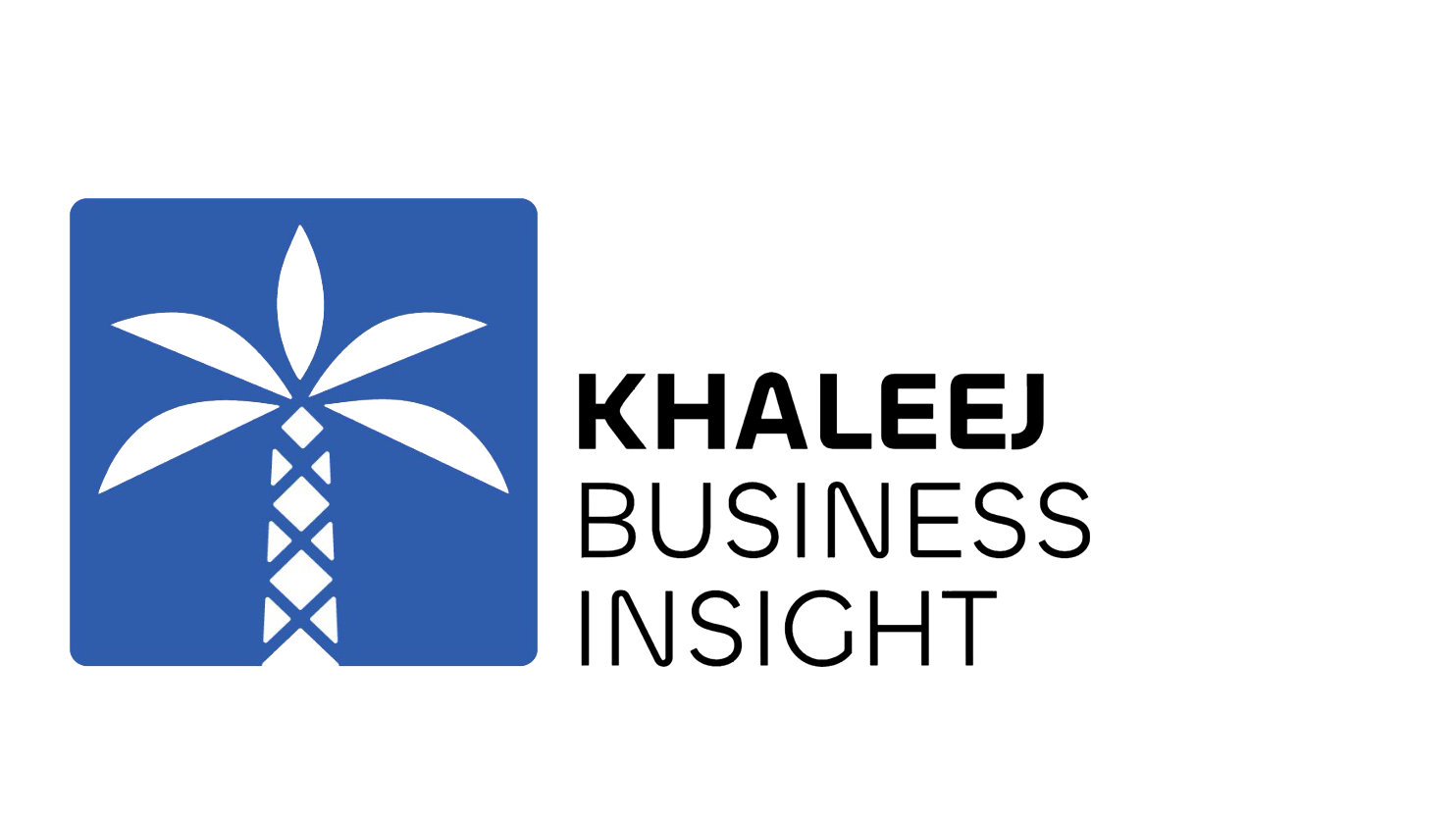Saudi Arabia is rapidly expanding its clean energy portfolio to reduce dependence on oil. A recent $8.3 billion deal added seven major renewable projects. These include solar and wind farms that will generate 15 gigawatts of electricity. This move signals that Saudi Arabia is taking energy diversification seriously. Officials see it as a national strategy rather than a trial run.
The kingdom remains one of the world’s top oil exporters. However, Saudi Arabia knows global oil demand may peak within the next decade. As a result, the country is using its current oil wealth to invest in the future. The aim is clear: balance short-term gains with long-term sustainability. Saudi Arabia wants to stay relevant in a changing energy world.
The new projects support the country’s ambitious clean energy targets. Officials aim to generate half of the country’s electricity from renewable sources. This shift would reduce domestic oil use and increase exports. It also helps lower emissions while protecting state revenue. That dual impact makes the investment even more valuable.
Crown Prince Mohammed bin Salman launched a broader green initiative to reduce oil reliance. The strategy includes renewables, green finance, and economic diversification. It also involves boosting sectors like technology, manufacturing, and digital infrastructure. Electricity demand continues rising, mostly due to population growth and higher living standards. Meanwhile, air conditioning remains the biggest driver of residential power use.
Saudi Arabia still burns a million barrels of oil daily to meet electricity needs. This approach carries both financial and environmental costs. By replacing oil-fired power with solar and wind energy, the country can export more oil. At the same time, it can reduce its emissions significantly. This approach delivers both economic and environmental benefits.
State support remains vital for clean energy growth. The Public Investment Fund plays a key role by reducing investor risk. It offers long-term contracts and financial guarantees to attract private capital. Saudi Aramco also participates through its energy subsidiaries. This public-private structure helps speed up energy development across the country.
However, challenges remain. Green projects need large upfront investments despite the low cost of solar production. Moreover, Saudi Arabia trails the UAE in green bond issuance. Yet the kingdom targets 130 gigawatts of renewables by 2030, far beyond its neighbors. This goal reflects its desire to lead the regional energy transition.
Saudi Arabia does not plan to abandon oil. Instead, it is hedging future risks through calculated investments in clean power. The shift is not symbolic—it is strategic. While oil stays dominant, the kingdom is preparing for what comes next.





